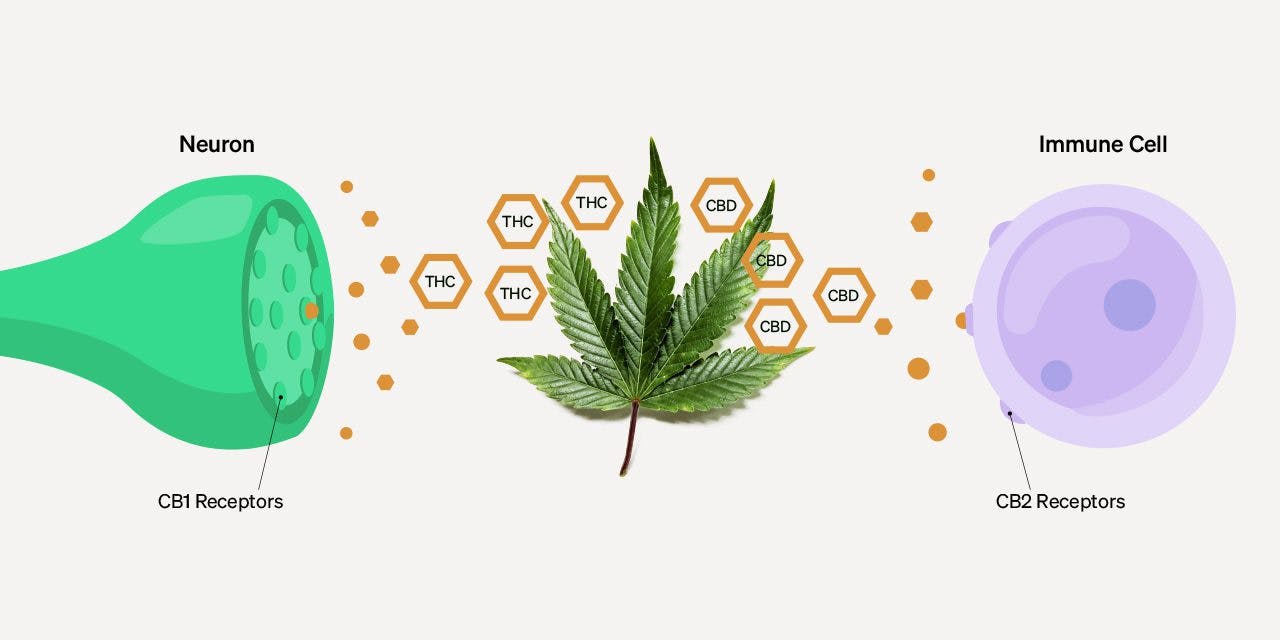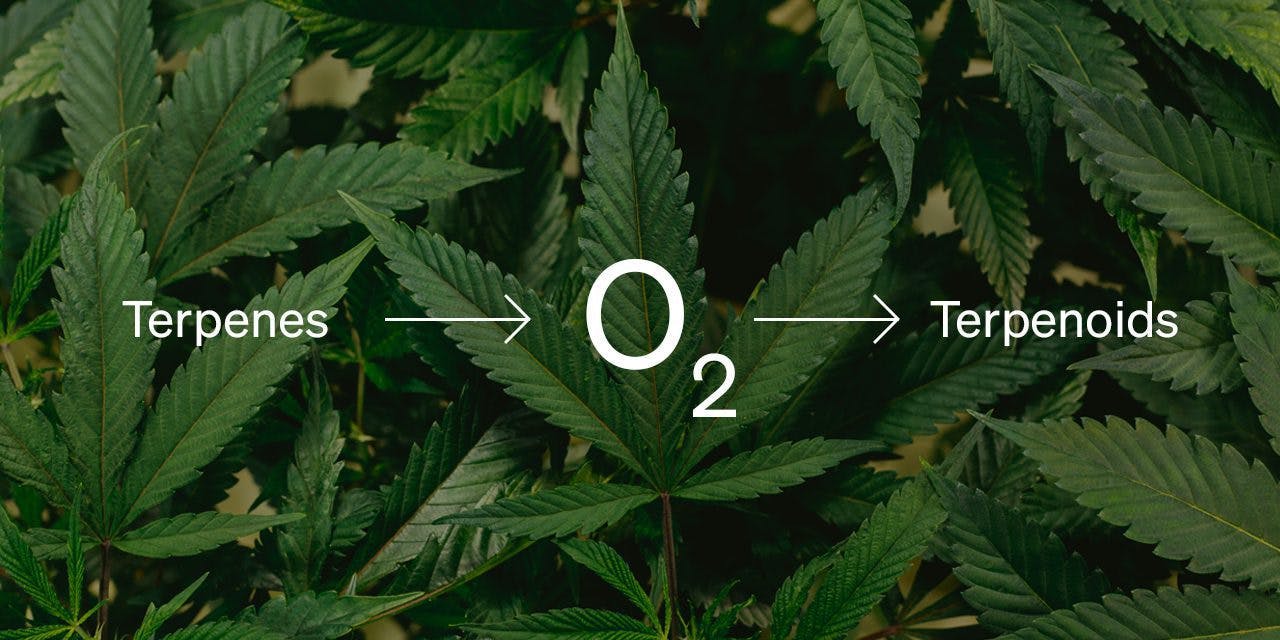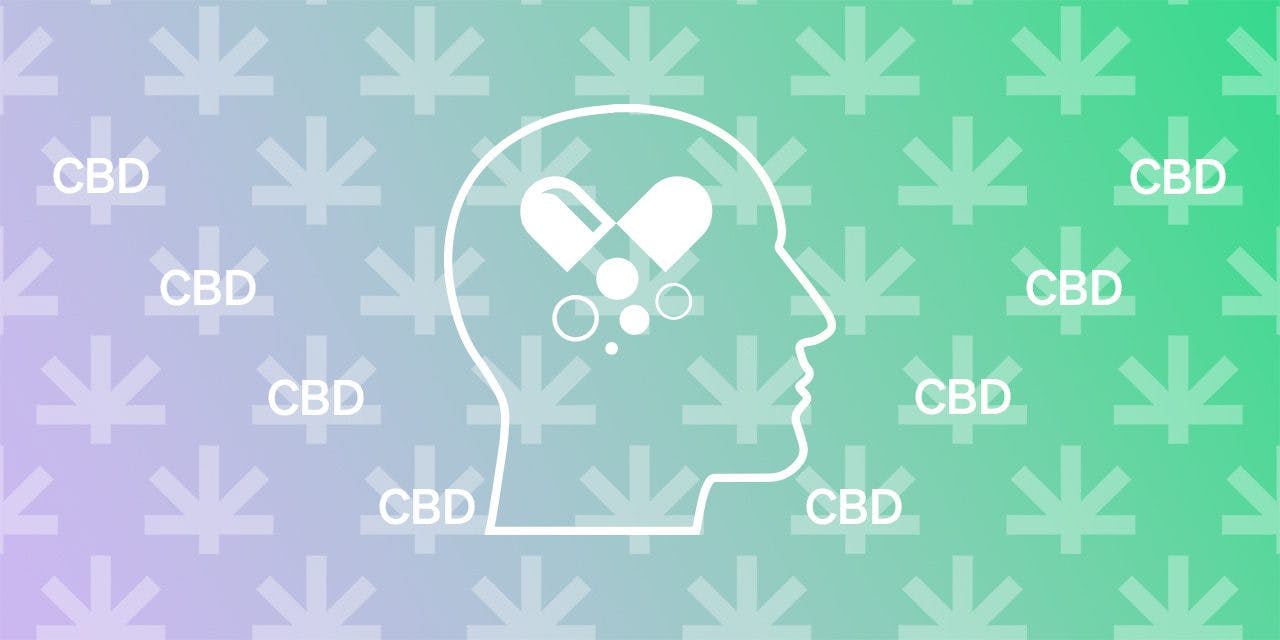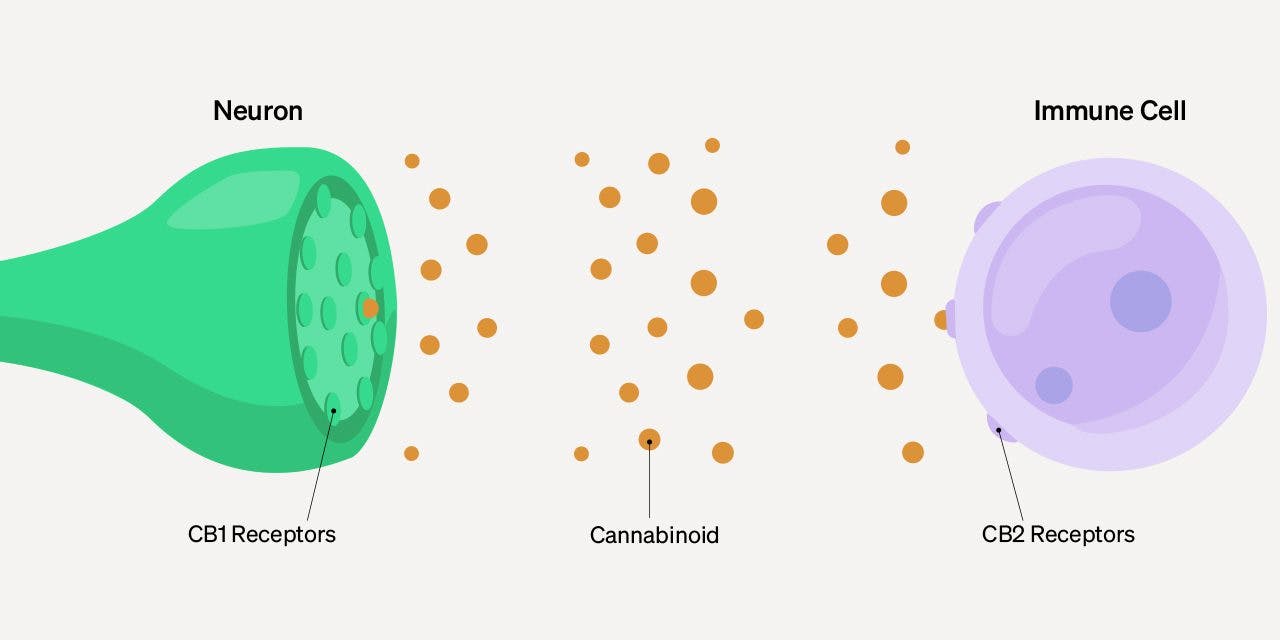Phytocannabinoids: What Are They, and How Do They Work?

Article written by

Dipak HemrajHead of Research and Education
Content reviewed by

Dr. Lewis JasseyMedical Director - Pediatric Medicine
Phytocannabinoids are compounds found in cannabis plants, the most well-known being THC and CBD. They have a range of beneficial effects and can help relieve the symptoms of various medical conditions. Read on to learn more about how these compounds work.
Get your medical marijuana card
Connect with a licensed physician online in minutes.
What Are Phytocannabinoids?
Phytocannabinoids are the cannabinoids found in cannabis. Although over 150 known cannabinoids exist, the most common cannabinoids are tetrahydrocannabinol (THC) and cannabidiol (CBD).
While it was initially thought that only Cannabis sativa housed phytocannabinoids, scientists have discovered that some flowers, legumes, and fungi also contain these molecules. However, these particular phytocannabinoids have slightly different chemical structures and have not yet been shown to produce the effects of the classical cannabinoids in cannabis plants.
What’s the Difference Between Phytocannabinoids, Cannabinoids, and Endocannabinoids?
Cannabinoids
Cannabinoids are a class of molecules that cover both endocannabinoids and phytocannabinoids. All cannabinoids have an active constituent that binds to the cannabinoid receptors (CB1 and CB2) within the body.
There are natural cannabinoids and synthetic cannabinoids. Synthetic cannabinoids come from artificial chemicals, are usually sprayed onto dried plant material, and are intended to mimic the effects of THC. However, they can be toxic, and many types of these synthetic cannabinoids are currently illegal in the United States.
Phytocannabinoids
Phytocannabinoids are a subgroup of cannabinoids that come from plants — mainly from cannabis — with the most common being THC and CBD.
THC is a psychoactive cannabinoid that causes the “high” feeling associated with cannabis ingestion. CBD does not cause intoxicating effects, but it has many therapeutic benefits.
Endocannabinoids
Endocannabinoids — endogenous cannabinoids — are a subgroup of cannabinoids made in the body. They are found in the endocannabinoid system and play an essential role in maintaining homeostasis (balance). The two most important and well-studied endocannabinoids are anandamide (AEA) and 2-arachidonoyl glycerol (2-AG).
How Phytocannabinoids Work
Phytocannabinoids bind to cannabinoid receptors throughout the body and brain called CB1 and CB2 receptors. CB1 receptors are most prominent in the brain and central nervous system, while the CB2 receptors are primarily found in the immune and peripheral nervous systems.
THC binds to CB1 receptors in the brain to elicit psychoactive effects and produce many therapeutic effects. CBD binds to the CB2 receptors to aid in reducing inflammation, regulating the immune response, and other therapeutic uses.
How They’re Created
Cannabinoids are naturally present in the cannabis plant but not in their active form. For example, THC and CBD are found in acidic forms in the plant as tetrahydrocannabinolic acid (THCA) and cannabidiolic acid (CBDA). CBDA and THCA come from cannabigerolic acid (CBGA), where enzymes convert CBGA into CBDA or THCA.
You may experience some therapeutic benefits from these cannabinoid acids. However, the psychoactive effect and most therapeutic effects require the cannabinoids to be activated.
To be activated, these cannabinoid acids need to undergo a process called decarboxylation. This occurs when the cannabis is exposed to heat or light, such as smoked or cooked into edibles.
Functions, Benefits, and Therapeutic Uses
Functions
Cannabinoids regulate how the parts of the body communicate with each other via the nervous system. They can also alter how signals are sent, received, and processed around the body.
By binding to the CB receptors, cannabinoids can exert effects within the brain, central nervous system, immune system, and peripheral nervous system.
THC binds to the CB1 receptor in the brain to produce psychoactive effects, whereas CBD does not cause these effects. CBD is an antagonist of CB1 and CB2 receptors in the presence of THC (meaning it reduces the psychoactive effects of THC). It is thought to improve mood and induce relaxation without THC’s signature “high” by modulating serotonin receptor transmission and enhancing anandamide signaling.
Therapeutic uses
Phytocannabinoids have many therapeutic uses in the body. The main phytocannabinoids, THC and CBD are usually the cannabinoids that come to mind when considering cannabis effects; however, the minor cannabinoids also have therapeutic benefits.
THC. THC has many therapeutic benefits. It can be used to help treat or relieve symptoms of various conditions. These include:
- AIDS/HIV
- Alzheimer’s disease
- Anxiety
- Autoimmune diseases and disorders
- Cancer and cancer treatment
- Chronic pain
- Eating Disorders
- Glaucoma
- Insomnia
- Multiple sclerosis (MS)
- Nausea/vomiting
- Neuropathic pain
- Parkinson’s disease
- Post-traumatic stress disorder (PTSD)
CBD. Like THC, CBD can help treat and relieve symptoms of many conditions. Some of the conditions CBD may help include:
- Epilepsy
- Multiple sclerosis (MS)
- Neuroprotective effects
- Parkinson’s disease (PD)
- Traumatic Brain Injury (TBI) and Stroke
Minor cannabinoids. Minor cannabinoids in cannabis also have therapeutic uses.
Cannabichromene (CBC) may be used to help treat:
- Acne
- Cancer
- Depression and anxiety
- Neurological conditions
- Pain and inflammation
Tetrahydrocannabivarin (THCV) may benefit those managing:
- Alzheimer’s disease
- Bone injuries
- Cancer
- Low blood sugar
- Pain
- PTSD
Cannabigerol (CBG) may benefit patients managing:
- Amyotrophic lateral sclerosis (ALS)
- Anxiety
- Cancer
- Depression
- Glaucoma
- Head and brain trauma
- Huntington’s disease
- Inflammatory bowel diseases
- Myalgic encephalomyelitis/chronic fatigue syndrome (ME/CFS)
Cannabinol (CBN) is sometimes called the sleepy cannabinoid as it is effective for treating insomnia due to its sedative effects.
Additional benefits of CBN include:
- Anti-epileptic and anti-convulsant
- Anti-inflammatory
- Anti-bacterial
- Appetite stimulant
- Diabetes treatment
- Glaucoma treatment
- Hypertension treatment
- Mild pain relief
The Bottom Line
Phytocannabinoids come from plants, and the most common phytocannabinoids are tetrahydrocannabinol (THC) and cannabidiol (CBD). However, there are up to — and possibly over — 150 known cannabinoids.
Phytocannabinoids have a lot of therapeutic potential and may help relieve symptoms of mental health disorders such as anxiety and depression and physical conditions such as Alzheimer’s disease, cancer, and inflammation.
Get Your Medical Card
Connect with a licensed physician online in minutes.



